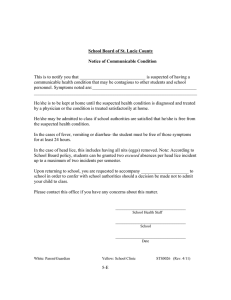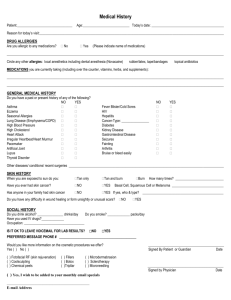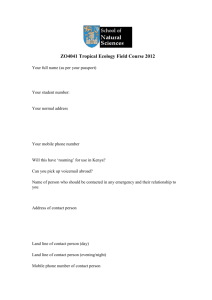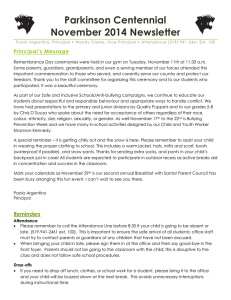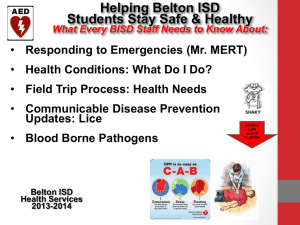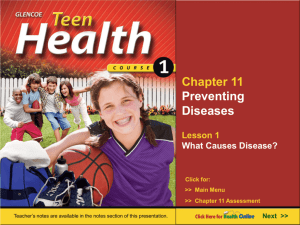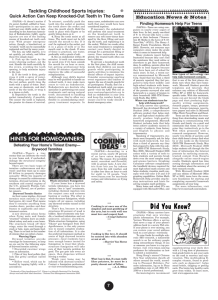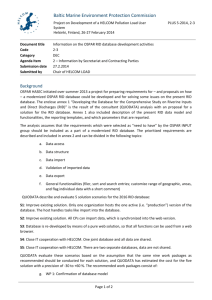Child Care Study Guide Chapter 13
advertisement
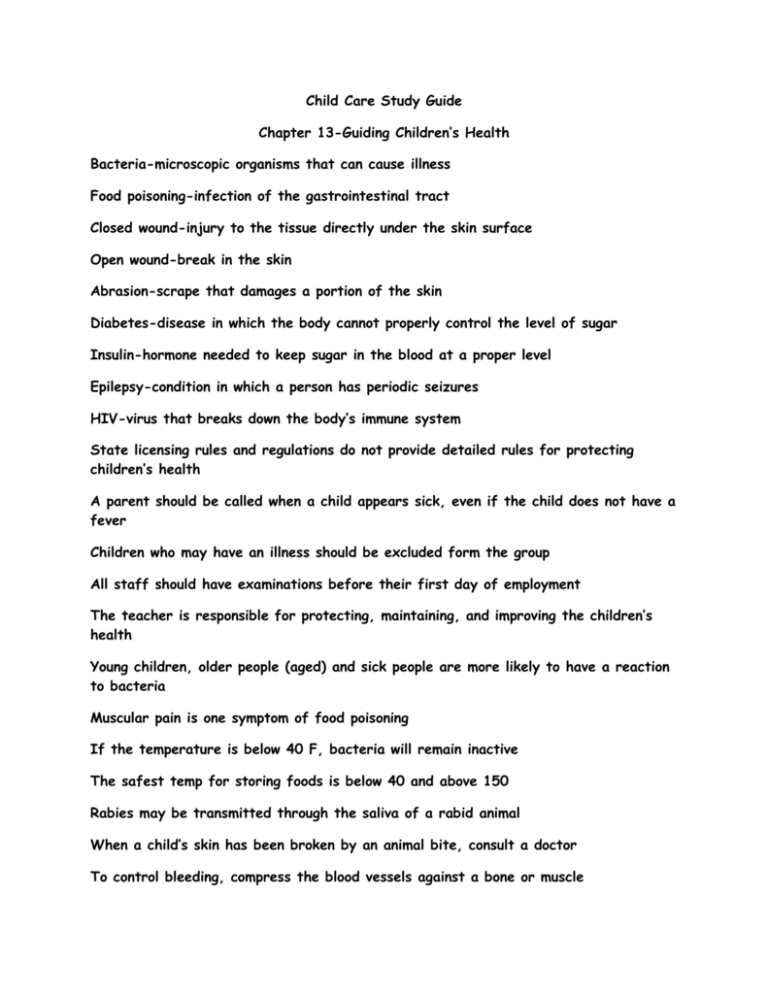
Child Care Study Guide Chapter 13-Guiding Children’s Health Bacteria-microscopic organisms that can cause illness Food poisoning-infection of the gastrointestinal tract Closed wound-injury to the tissue directly under the skin surface Open wound-break in the skin Abrasion-scrape that damages a portion of the skin Diabetes-disease in which the body cannot properly control the level of sugar Insulin-hormone needed to keep sugar in the blood at a proper level Epilepsy-condition in which a person has periodic seizures HIV-virus that breaks down the body’s immune system State licensing rules and regulations do not provide detailed rules for protecting children’s health A parent should be called when a child appears sick, even if the child does not have a fever Children who may have an illness should be excluded form the group All staff should have examinations before their first day of employment The teacher is responsible for protecting, maintaining, and improving the children’s health Young children, older people (aged) and sick people are more likely to have a reaction to bacteria Muscular pain is one symptom of food poisoning If the temperature is below 40 F, bacteria will remain inactive The safest temp for storing foods is below 40 and above 150 Rabies may be transmitted through the saliva of a rabid animal When a child’s skin has been broken by an animal bite, consult a doctor To control bleeding, compress the blood vessels against a bone or muscle Exercise is useful for a diabetic child as it decreases the insulin requirements The primary purpose of health policies is to protect young children Children should be kept at home when their tem exceeds 100 The daily health inspection is usually conducted by the teacher Infection symptoms include swollen lymph glands A communicable disease does not include allergies Serving temp for food should be below 40 and above 140 The least severe type of a burn is classified as a first degree burn The time between exposure to the sun and development of sunburn is usually 3-12 hours The best way for a child to get rid of a windpipe blockage is to cough it up To provide emergency treatment for a knocked-out tooth, first find the tooth Head lice feed on human blood The best way to get rid of lice is to seek medical help With a severe diabetic reaction the child may pass out Children are required to have a medical exam before entering school because it: Ensures child is free of communicable diseases Ensures the child had the necessary immunizations Alerts the teacher to allergies Helps identify if a child has any special health problems When a teacher performs an informal daily health inspection the teacher looks for: Appearance of eyes Runny nose Flushed skin Coughing Sneezing Sweaty appearance
